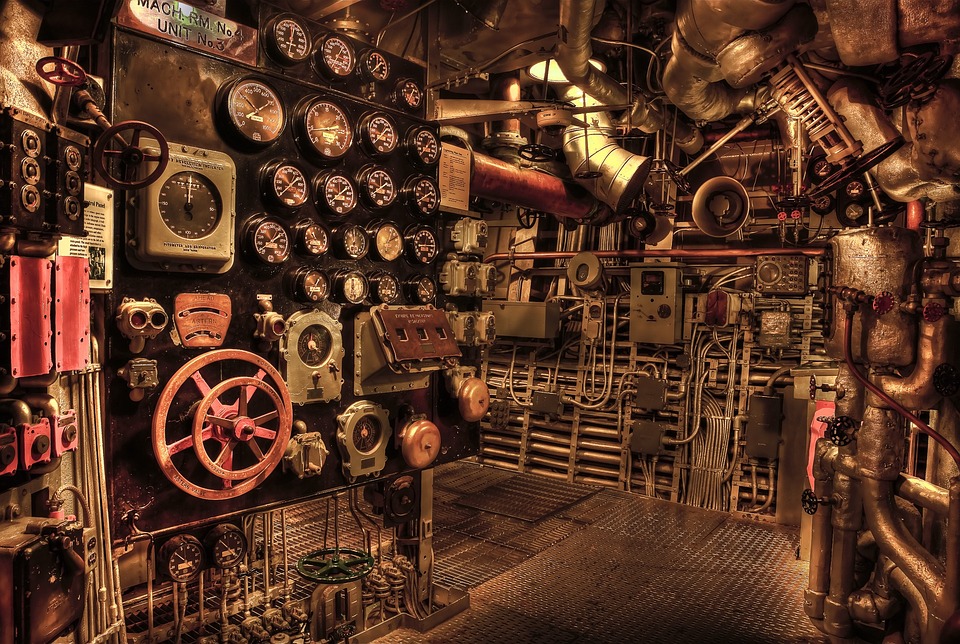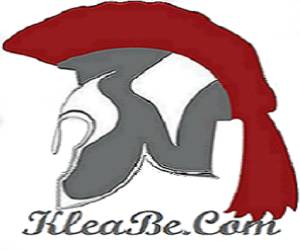From Scrolls to Screens: The Evolution of Historical Documentation
The story of human communication and documentation is as old as civilization itself. From the earliest cave paintings to today’s digital media, the ways in which we capture, store, and share information have evolved dramatically. One of the most fascinating journeys within this evolution is the transition from scrolls to screens, marking not just a change in medium, but a profound transformation in how we understand and relate to historical documentation.
The Age of Scrolls: Preservation of Knowledge
The use of scrolls dates back thousands of years, with some of the earliest examples discovered in ancient Egypt and Mesopotamia. Made of papyrus, parchment, or other materials, scrolls were the primary means of recording and preserving knowledge. They provided a flexible format for writing, allowing for the documentation of everything from religious texts to governmental decrees.
Scrolls were labor-intensive to produce. Scribes meticulously copied texts by hand, a process that was both time-consuming and prone to human error. Despite these challenges, scrolls played a crucial role in preserving the knowledge and cultural heritage of civilizations. For instance, the Library of Alexandria, one of the most significant libraries of the ancient world, housed an immense collection of scrolls that served as a repository for learning and scholarship.
The Codex: A Revolutionary Shift
The codex, which emerged around the first century AD, marked a significant departure from the scroll format. Composed of individual sheets of papyrus or parchment bound together, the codex offered a more compact and accessible means of recording information. This format allowed for easier navigation through texts, paving the way for more complex forms of writing such as novels and scholarly works.
The codex diminished the prominence of scrolls, largely due to its practicality. It was easier to store, transport, and reference, ultimately becoming the standard format for written works in the medieval period. As Christianity spread, the codex became the preferred format for religious texts, further solidifying its place in history.
The Printing Revolution: Mass Production of Knowledge
The invention of the printing press in the 15th century by Johannes Gutenberg was a watershed moment in the history of documentation. For the first time, texts could be mass-produced, making literature and academic works accessible to wider audiences. This democratization of knowledge had profound implications, contributing to the spread of the Renaissance, the Reformation, and the Scientific Revolution.
Printed books replaced handwritten manuscripts, transforming libraries and educational institutions. They spurred the proliferation of literacy and intellectual discourse, reshaping societies and creating an informed citizenry. The printed word became a powerful tool for both political and social reform, as ideas could spread rapidly across great distances.
The Digital Age: A Transformative Leap
The late 20th and early 21st centuries have witnessed yet another paradigm shift with the advent of digital technology. From microfilm to digital storage, and now smartphones and tablets, the means by which we create, share, and consume historical documentation have undergone radical changes. Digital archives, online databases, and e-books have made historical documents more accessible than ever before.
The shift to digital also carries with it the advantages of interactivity and multimedia capabilities. Digital documentation allows for rich features like hyperlinked references, interactive timelines, and multimedia content that can engage users in ways that traditional documents cannot. The ability to instantly access a vast repository of knowledge online has transformed not only how we study history but also how we experience it.
However, the digital age poses challenges and risks as well. Issues of digital preservation and the potential for technological obsolescence mean that historical documents in digital formats can sometimes be at risk of becoming inaccessible over time. Moreover, the sheer volume of information generated today complicates the task of discerning credible sources from misinformation.
The Future of Historical Documentation
As we move further into the digital age, the future of historical documentation remains a topic of considerable discussion. Emerging technologies like blockchain, artificial intelligence, and virtual reality are beginning to shape new avenues for preservation and engagement with historical content. Blockchain technology offers potential solutions for authenticity and provenance, while AI tools can assist in archiving, categorizing, and analyzing vast amounts of historical data.
The challenge ahead lies in balancing innovation with the preservation of historical integrity. It is imperative to continue valuing the lessons of the past, recognizing the importance of preserving diverse narratives, and ensuring that future generations have access to the records of human endeavor.
Conclusion
From scrolls to screens, the evolution of historical documentation reflects the ongoing human quest to understand, share, and preserve the complexities of our collective story. Each advancement has brought us closer to overcoming the barriers of time and distance, enabling richer interactions with our past. As we embrace the future of documentation, it is essential to safeguard history while remaining open to the transformative possibilities that lie ahead. The journey from scrolls to screens is not just about changing formats; it’s about how humanity continues to connect with its history in ever-evolving ways.
Modern scholars and enthusiasts alike can refer to sources like [modern_footnote_source_link] for further information on this subject, ensuring that the discourse around historical documentation continues to evolve alongside the technologies that shape it.


























Add Comment